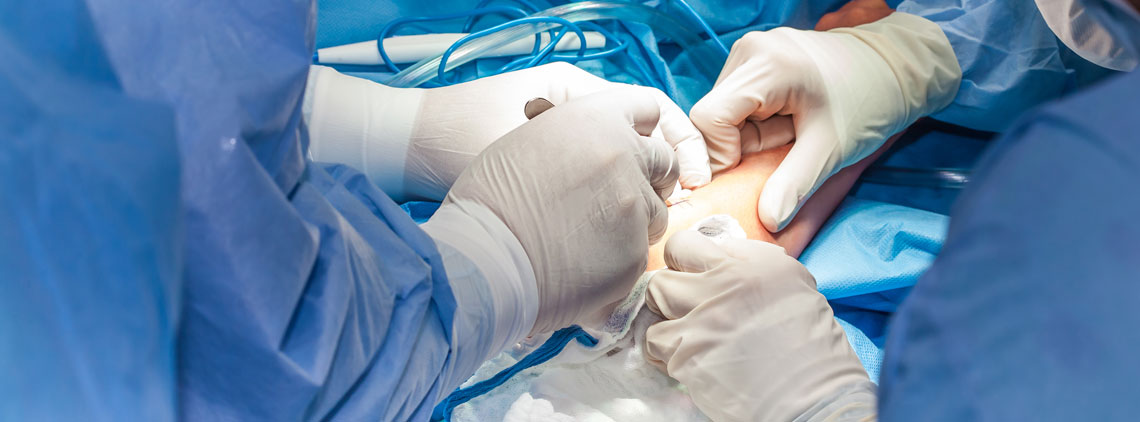
Golfer’s Elbow Surgery
Overview
If you have a golfer’s elbow you might be experiencing weakness in your hands and wrists or stiffness in your elbow. Other patients report tingling or the feeling of pins and needles in their fingertips or tenderness. To correct these symptoms your doctor may suggest a golfer’s elbow surgery.
How to Prepare for Golfer’s Elbow Surgery
Refrain from eating or drinking after midnight the night before your surgery. Stop taking any medications like blood thinners or aspirins to prepare for your surgery. You may want to get your home ready since you won’t be able to reach very high cabinets or do activities that may require you to pull. Locate loose shirts that button or zip in the front for you to wear as you recover from surgery.
Procedure
There are two types of surgery for this condition:
- Medial Epicondyle Release or Ulnar Nerve Release. This surgery outpatient surgery with local anesthesia takes tension off the flexor tendon. After you wake up from surgery you will be able to return home on the same day.
- Open Tendon Repair. Depending on the severity of your injury, an open tendon repair can treat complex injuries.
Recovery
When you wake up, you will wear a splint for one to two weeks. At-home physical therapy exercises will help you stretch and strengthen your elbow. They help you stretch your forearm but not strain the tissue. You can expect a full recovery or playing high-level sports after four to six months.
Efficacy
The damaged tissue is removed which releases the pressure on the blocked ulnar nerve. Once removed, your ulnar nerve will be able to bend freely when bending and straightening your elbow.
Complications
Some patients might experience elbow stiffness or their symptoms might recur. As with any surgery, there’s a chance of infection, nerve damage, or bruising (hematoma).
Outlook
The National Institute of Health reports the overall success rate of this surgery is 88%-96%.

